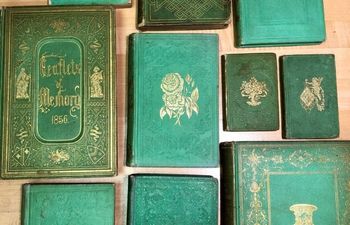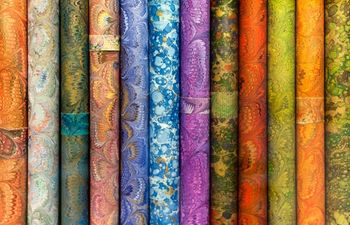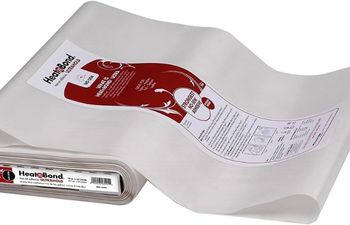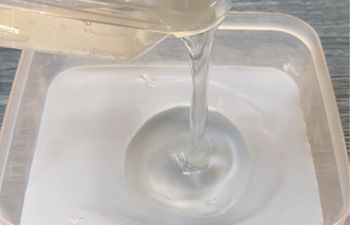Last year, my mother gave me an original copy of Social Culture, A Manual of Etiquette and Deportment by Annie Randall White. Written and published in the late 19th century, it details all the ways a “lady” should behave in public. While the content of the book is certainly poisonous to any woman seeking equal rights and treatment, I was surprised to learn the book may actually be bound in toxic bookcloth. Go figure.
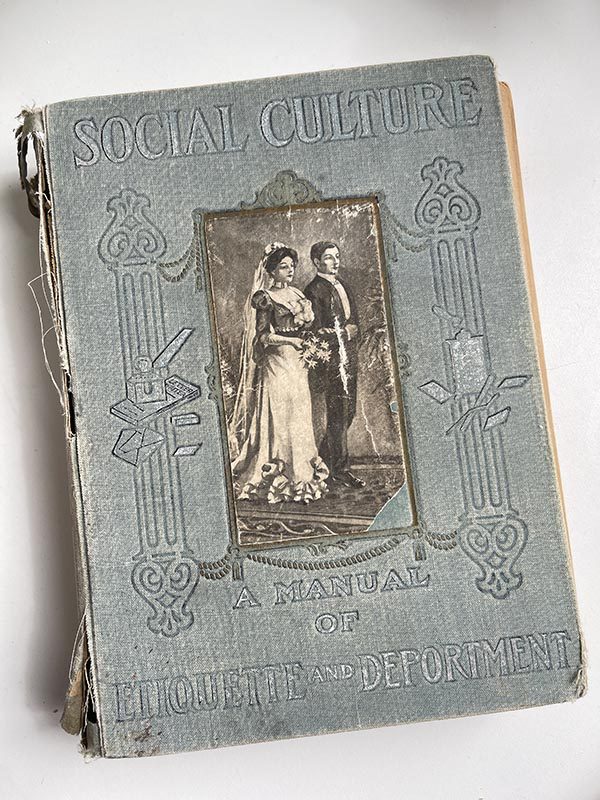
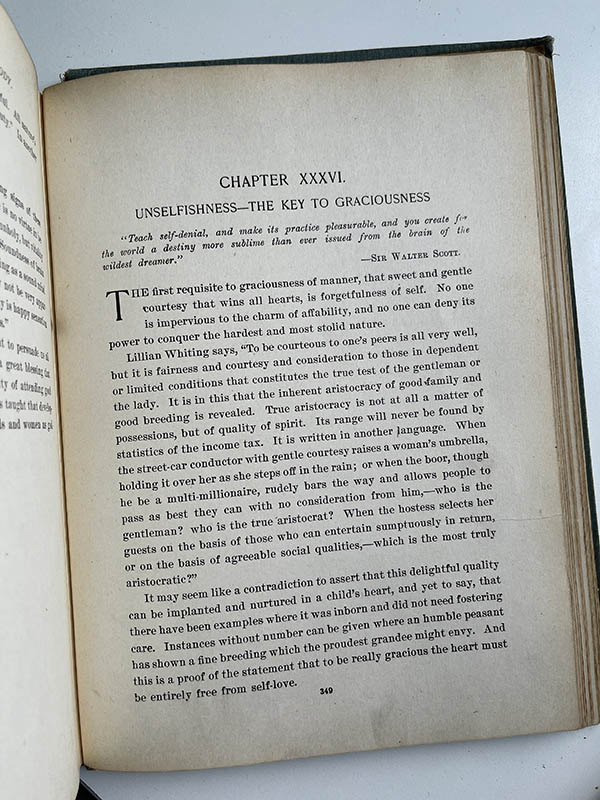
Mass producing toxic bookcloth
Reading became fashionable in the mid-to-late 19th century, so publishers were looking for a widely available, inexpensive material to enable mass production. While leather was highly expensive to procure and process, the raw cotton fibers used to make clothing were not. Thus, the idea for cloth covered bindings was born.
Unfortunately, standard clothing was not strong enough to withstand the newly-industrialized bookbinding process. A coating of wheat starch paste layered on top filled gaps and provided reinforcement. This process, called “sizing”, created a firm-but-flexible bond providing a strong, water-resistant covering. It’s so good that this type of bookcloth is still in use today.
The poison is in the pigment
Using cloth instead of leather meant a publisher could market volumes at lower prices. This made books more accessible to all consumers, regardless of class. Recognizing the profit potential of fashion trends, publishers started dyes and pigments in their cloth.
One color, called “emerald green”, was incredibly fashionable at the time. The color showed up in everything from attire to housewares to books. Two chemicals were mixed into wheat starch paste before sizing to create the bright green color: copper and arsenic. This, friends, is how toxic bookcloth came into existence.
Arsenic levels in “emerald green” pigment
Due to the competitive nature of book making at the time, color mixture documentation has been impossible to find. The amount of arsenic used is unknown, but there are records of individuals suffering from skin lesions, burns and blisters on their fingers and hands after frequently handling the books. This indicates an unsafe level of arsenic.
Despite known dangers, the use of copper and arsenic was never made illegal. In fact, it barely made the record at all. As a result, we’ve been handling books containing poisonous levels of arsenic for more than a century (yikes)!
The Poison Book Project
Everything changed in 2019 when Melissa Tedone, the lab head for library materials conservation at the Winterthur Museum, Garden & Library in Delaware, founded The Poison Book Project. The purpose of the project is to find and record any and all books covered in the infamous “emerald green” pigment.
The project provides a means for identification (below), analysis trends and a database of catalogued finds.
Identifying books with the “emerald green” pigment
X-ray fluorescence (XRF) spectroscopy will confirm whether or not a book has the emerald green pigment. If you do not have access to this technology, try one of the following:
- Visually identify the bright green using the reference photo below,
- Use a Microchemical Test Kit on a sample scraped from the covering,
- Try a Color Swatch Bookmark (provided by The Poison Book Project) to verify the color
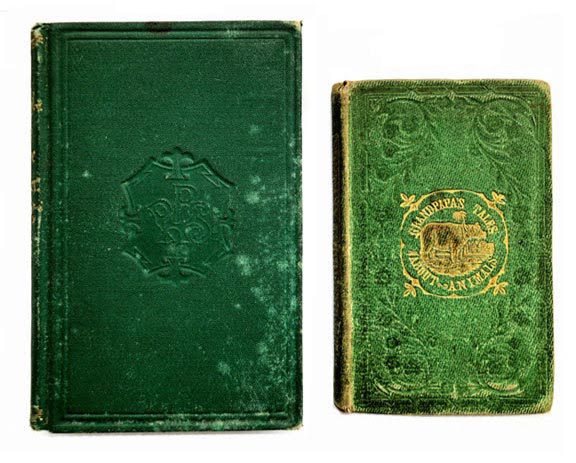
Safe Handling Tips for Poisonous Books
Books printed in the early 19th century often contain arsenic, barium, chromium, copper, iron, and mercury. If you should suspect a book contains any of these chemicals, DO NOT THROW IT AWAY. Instead, follow these safe handling tips:
- Avoid ingestion by mouth or nose (i.e: don’t put your fingers in your mouth after handling it)
- Wear nitrile gloves when handling,
- Wash hands after handling using soap and water (even when wearing gloves),
- Seal the book in a polyethylene ziplock bag
DO NOT throw any books away
While all of this sounds pretty scary, please don’t throw any books away. Each book can be saved or salvaged and tells a story about the time it was written, bound and read. If you are uncomfortable with a book in your possession and want to get rid of it, please feel free to send it to me. You can write to me at hello@papercraftpanda.com.
Resources
- The Poison Book Project Wiki and website *updated frequently
- How To Submit Data to the Poison Book Project
- Arsenical Books Database
Order a Color Swatch Bookmark (free) to use in identification:
I pulled this directly from the website:
Email reference@winterthur.org and write “Emerald Green Bookmark” in the subject line. Please include the following information in your email:
- Name
- Postal address
We will not share your contact information with third parties.
Learn more about book coverings:
How to Choose Book Cloth: Starched, Backed or Coated
The Best Cover Paper for Hardcover Books
New to bookbinding?
- Receive weekly information and tips for book makers
- If you are brand new and need a place to start, read my New Bookbinder Guide.
- Learn what makes a book a “book” in Getting to Know the Physical Parts of a Book
- For a list of bookbinding tools, materials and supplies from retailers I trust and use myself, pick up my Bookbinding Tools & Supplies Quick Start Guide.
I really hope you enjoyed and learned something new! If you have any questions, feel free to reach out to me on Instagram.
Thanks for stopping by!
ALL my best,
Misty
